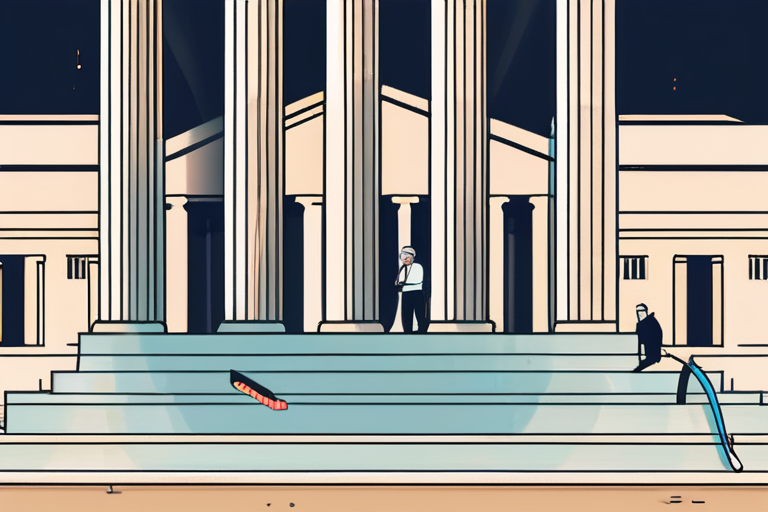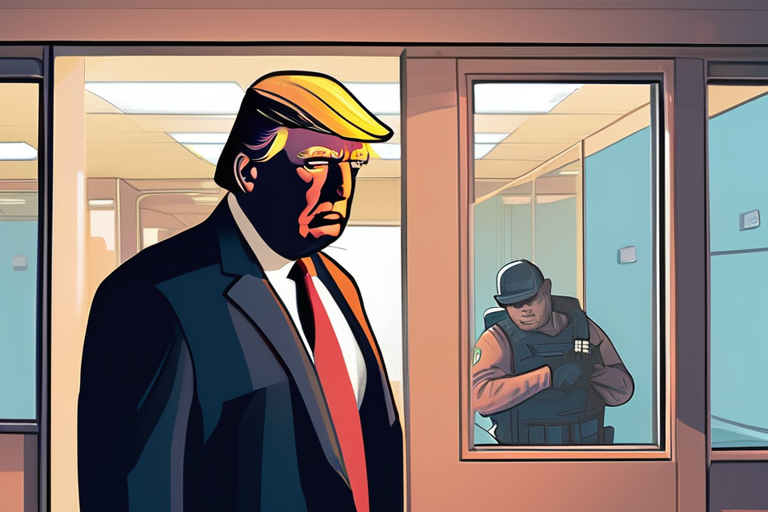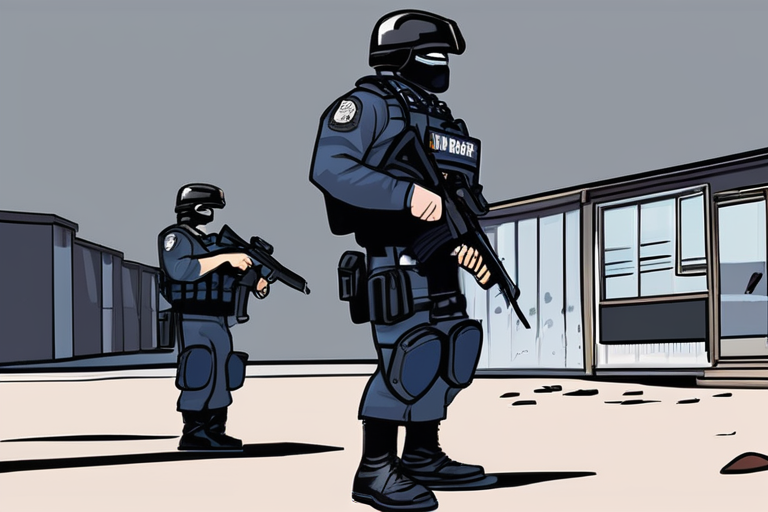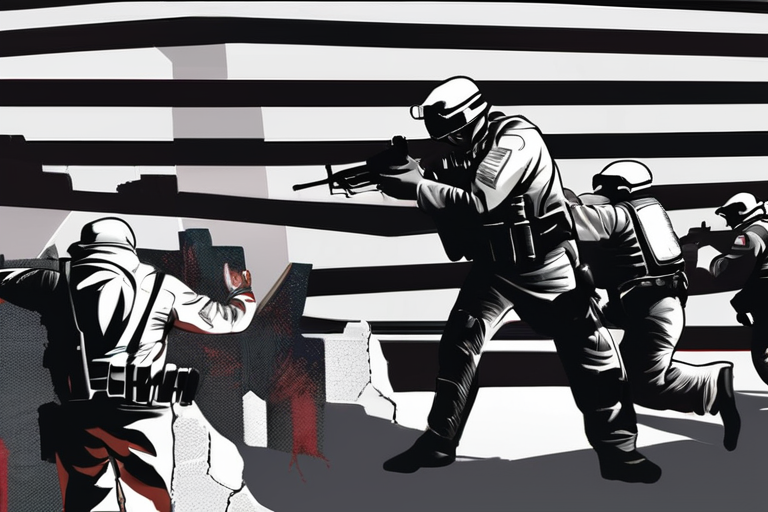Supreme Court Hands ICE Sweeping Immunity from Constitutional Scrutiny


Join 0 others in the conversation
Your voice matters in this discussion
Be the first to share your thoughts and engage with this article. Your perspective matters!
Discover articles from our community

 Hoppi
Hoppi

 Hoppi
Hoppi

 Hoppi
Hoppi

 Hoppi
Hoppi

 Hoppi
Hoppi

 Hoppi
Hoppi

Breaking News: Trump's Shadowy Federal Police Force Exposed A disturbing trend has emerged under President Donald Trump's administration, where U.S. …

Hoppi

Breaking News: Trump's Shadowy Federal Police Force Exposed Under the leadership of President Donald Trump, U.S. Immigration and Customs Enforcement …

Hoppi

BREAKING NEWS ICE Tactics Escalate to Deadly Force Amid Fears of Rising Violence Federal immigration officers have been caught on …

Hoppi

Breaking News: Trump's Shadowy Federal Police Force Raises Alarms In a disturbing trend, President Donald Trump's administration has been building …

Hoppi

Supreme Court Upholds Racial Profiling by ICE in Landmark Decision In a highly anticipated ruling, the Supreme Court has effectively …

Hoppi

Breaking News: Trump's Shadowy Federal Police Force Raises Alarms A disturbing trend has emerged under President Donald Trump's administration, where …

Hoppi